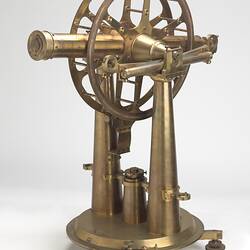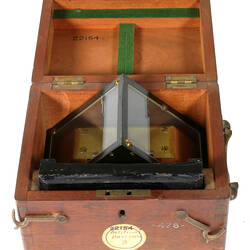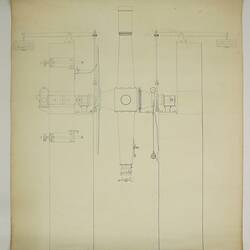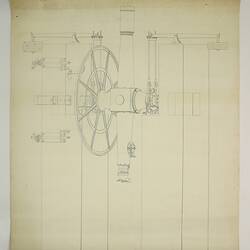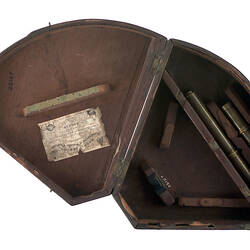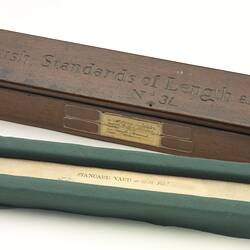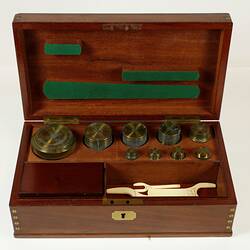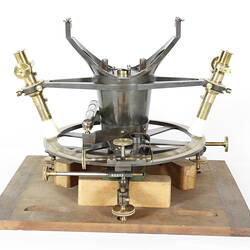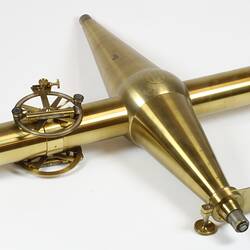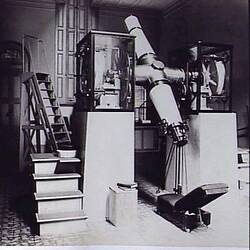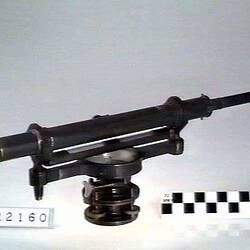Edward Troughton and William Simms established a scientific instrument making business in London in 1826.
Edward Troughton (1756-1835) had previously had his own scientific instrument business, inherited from his father. His achievements included a transit telescope for Greenwich Observatory (1816) and the precision surveying instruments for the Ordnance Survey of Britain, Ireland and India. William Simms (1793-1860) had trained as a goldsmith, and began to gain work dividing circles on fine astronomical instruments. When William Simms died in 1860, the business was taken over by his son James and nephew William.
Troughton & Simms's shop in Fleet Street became the hub of the finest scientific instrument making in London, in a period in which there was an expanding demand for precision instruments, for astronomy, surveying and precision measurement. They made instruments for Greenwich Observatory, for imperial surveys and exploring expeditions. When fire destroyed the Houses of Parliament in 1834, the firm was commissioned to create new standard lengths, necessitating 10 years of testing of the remaining measures.
Troughton & Simms made several of the main instruments for Melbourne Observatory, including an 18 inch altazimuth used on the Geodetic Survey, portable transit instrument (circa 1850), zenith sector (1860), 4.5 inch equatorial telescope (1862), 8 inch equatorial telescope (1874), spectroscope (1877), and 8 inch transit instrument (1884).
While they had an excellent reputation for quality, the firm exasperated many of their customers with delays of years in delivering some instruments.
References:
McConnell, Anita (1992). Instrument Makers to the World: A History of Cooke, Troughton & Simms, York: William Sessions Limited.
More Information
-
Keywords
-
Authors
-
Article types

